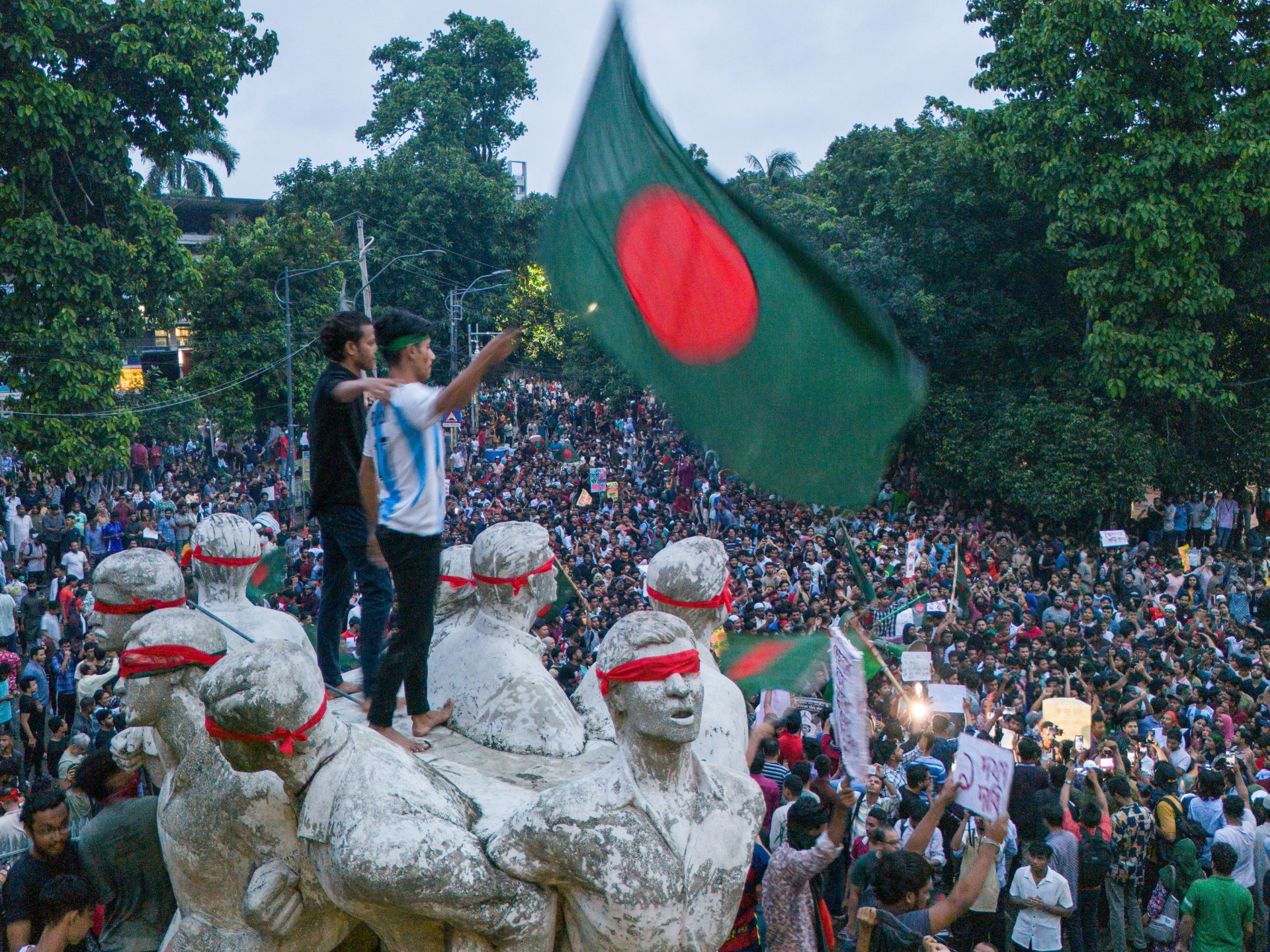Bangladesh Protests: A Comprehensive Overview
Thousands of Bangladeshi protesters have taken to the streets of Dhaka, the capital city, demanding the resignation of Prime Minister Sheikh Hasina. The protests erupted following a deadly police crackdown on earlier demonstrations.
Origins of the Protests
The protests began in early July over the reintroduction of the quota scheme, which reserved more than half of all government jobs for certain groups. The quota system was later scaled back by the Bangladesh Supreme Court.
Rallies against the quota scheme led to days of mayhem, resulting in the deaths of over 200 people. The government deployed troops to restore order, but the protests have reignited this week.
Growing Anti-Government Sentiment
The protests have evolved into a wider anti-government movement. Students Against Discrimination, the main group behind the protests, has called for mass civil disobedience, including tax and utility bill boycotts, as well as strikes by government workers and garment factory laborers.
The army has stepped in to help restore order, but some former military officers have joined the student movement. Former army chief General Iqbal Karim Bhuiyan has publicly expressed his support for the protests.
Army’s Stance
Army chief Waker-uz-Zaman has emphasized that the “Bangladesh Army is the symbol of trust of the people.” He stated that the army stands with the people and will support them in any need of the state.
Government’s Response
Prime Minister Hasina, who has been in power since 2009, has accused the protesters of being misled by her political opponents. Her government has been criticized by human rights groups for alleged misuse of state institutions to suppress dissent and entrench its hold on power.
Significance of the Protests
The protests in Bangladesh have garnered international attention and raise concerns about the state of democracy and human rights in the country. They represent a significant challenge to the government’s authority and could have far-reaching implications for the political landscape.
Possible Outcomes
The protests could lead to several possible outcomes:
- Prime Minister Hasina’s resignation and the formation of a new government
- Negotiations between the government and protesters, resulting in concessions or reforms
- Escalation of violence and further instability
- A military intervention or a state of emergency
Conclusion
The protests in Bangladesh are a complex and evolving situation. The full extent of their impact remains uncertain. However, they highlight the deep-seated frustrations and demands for change within the Bangladeshi population.
The government’s response and the actions of the army will play a crucial role in determining the future course of events. The international community will continue to monitor the situation closely, as it has implications for democracy and human rights in the region.



